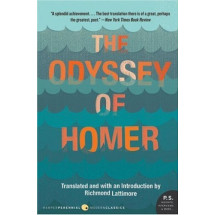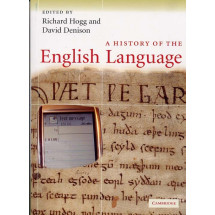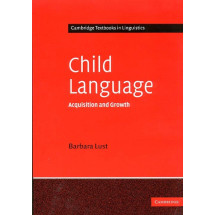The Two Gentlemen of Verona is commonly agreed to be Shakespeare's first comedy, and probably his first play. A comedy built around the confusions of doubling, cross-dressing, and identity, it is also a play about the ideal of male friendship and what happens to those friendships when men fall in love.
William Carroll's engaging introduction focuses on the traditions and sources that stand behind the play and explores Shakespeare's unique and bold treatment of them. Carroll first explores the early modern discourse of male friendship and relates it to the play’s unsettling ending. Special attention is given to the strong female figure of Julia and the controversial final scene. He goes on to discuss various other relevant topics: the influence of the Prodigal Son story on the play, the problem of using a boy in drag (for the first time in a Shakespearean comedy) to depict Julia, and Shakespeare’s debt to Ovid and John Lyly in using the theme of metamorphosis. Next, the editor explores the use of letters; the portrayal and breed of Crab, the play’s infamous dog; the complex geography of the story; and the play’s dramaturgy. Carroll concludes with an extensive look at the play’s theatrical and critical afterlife, and a discussion of the original text and date. This edition of The Two Gentlemen of Verona also includes one appendix (a casting chart), and a list of abbreviations and references.
William C. Carroll is Professor of English at Boston University, Boston, Massachusetts. His publications include The Great Feast of Language in 'Love's Labour's Lost', The Metamorphoses of Shakespearean Comedy, and Fat King, Lean Beggar: Representations of Poverty in the Age of Shakespeare. In addition, he has edited Thomas Middleton's Women Beware Women for the New Mermaid series and Macbeth: Texts and Contexts for the Bedford Shakespeare.














